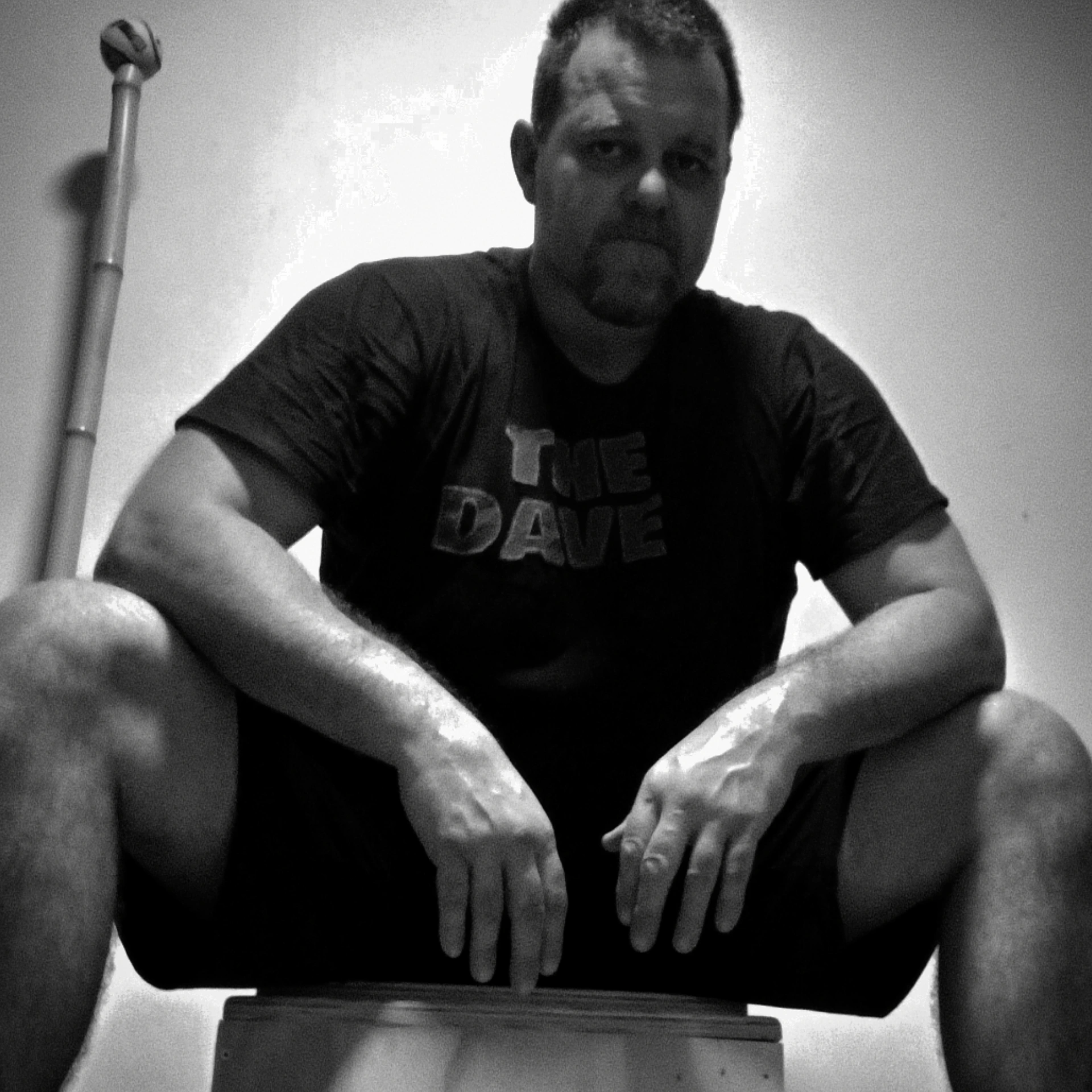Fear, Fear Avoidance and Strategies to Master Fear
- Dave Hedges

- Apr 1, 2022
- 3 min read
Fear.
This is a topic that has long fascinated me.
It's very relevant to the work I do in helping people overcome their injuries and return to their life before injury.
There's a very real thing we call "Fear Avoidance"
Here's a very real example from when my friend and Wild Geese Fitness Training co conspirator Seba was badly injured in a motorcycle crash.
Seb had really done a number on his knee, I'll save you the gory details, but safe to say, it was touch and go for a while as to how well he'd recover. But recover he did with the help of myself and Dublin based top physio Andy Watson of Raglan Sports Medicine. The recovery got to the stage where we hit the place we we had to get Seb back to having confidence in the knee. He could walk no problem he was doing squats no problem. But we needed trust. So I put him on a block and told him to jump off. The block was 4 inches, around 20 cm. Onto mats. Seb froze. He started sweating. This was fear.
Genuine, subconscious, real fear.
This was the block in the road that needed cleared for him to continue on his journey back to strength. So we stuck with it, put another mat in front of the step to further reduce the jump height. We did some breathing, positive reinforcement and eventually Seb took that step and jumped.
Without hesitation I had him back on the block and jumping again.
And again.
Until he realised there was nothing to be afraid of, he was capable, and he started doing it himself.
We had cleared that roadblock called fear and fear avoidance.
And the rest of his rehab and training just leaped forwards from that day on.
Fear raises it's head in many instances. You've felt fear, I've felt fear. It's completely normal. Dealing with it is a vast topic of discussion. We can look at it through the biological / physiological / neuroscience eyes as simply mechanisms. Which helps to remove the very real phycological elements and helps us analyse fear.
The fear response, known as the "fight, flight or freeze" response or better again, Sympathetic Arousal, is in terms of mechanism, the same regardless of the stimulus. Sebs body was responding to jumping off that 20cm block the same as yours might have been going into an important job interview, or walking out into an important sporting event, or suddenly being confronted with a spider in the toilet
This video clip from free running documentarist "Jimmy the Giant" talks about fear from the free running perspective. And if you've ever seen free runners doing massive jumps between buildings or over balconies, you'll understand that in the performance of their sport, managing fear is a very important part of their performance. And Jimmy has done a great job in this short YouTube clip in breaking down the strategies, helped by interviews with tow of the best known big risk free runners. Take 15 minutes to watch this. Don't worry about the free running bias, because the strategies and mechanisms explained are universal principles that you can take straight away and apply to your own situations:
If this helps you, please let me know. If this raises questions, then drop me a line and I'll do my best to answer them in future blog posts on the subject.
All the best
Dave Hedges. www.davehedge.net www.wg-fit.com

コメント